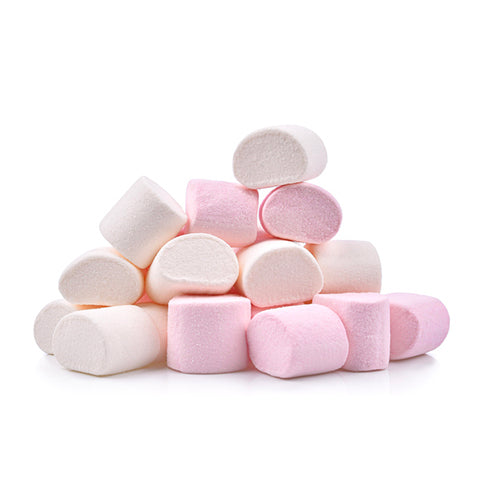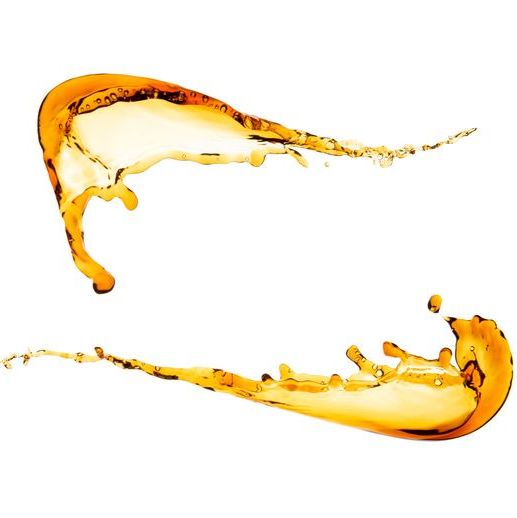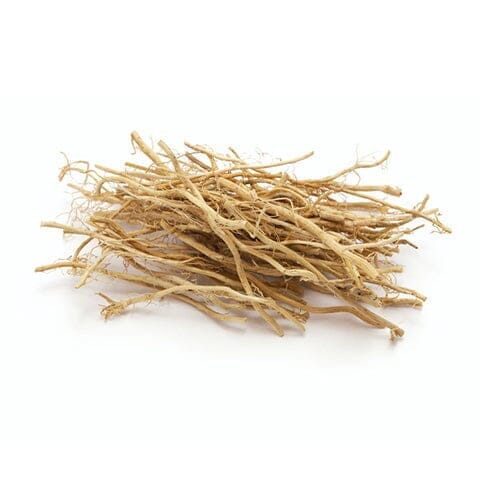Bon Parfumeur Tomato Leaf Perfumes
Bon Parfumeur does not yet offer an eau de parfum containing tomato leaf. However, don't hesitate to discover our new home fragrance: Candle 07, in which tomato leaf is combined with the fruity note of blackcurrant and the sparkling facets of mandarin!
SUMMARY
01. What does the word "tomato leaf" mean?
?
02. In the beginning...
03. The creation of tomato leaf molecules
04. What do you know about tomato leaves in perfumery?
05. Good to know!
06. Famous perfumes with tomato leaf
What does the word “tomato leaf” mean?
The word "tomato leaf" comes from the Latin "folia" (leaf) and the Spanish "tomato", derived from the Nahuatl "tomatl".
These combined terms specifically refer to the leaves of the tomato plant, valued for their culinary, medicinal, and olfactory uses, contributing to the fruit's popularity.
In the beginning….
From South America, the tomato (Solanum lycopersicum) was already cultivated by indigenous peoples - the Aztecs in Mexico, for example - before the arrival of Europeans.
Christopher Columbus and Spanish explorers brought the tomato to Europe during the 16th century. First introduced as an ornamental plant, it was later consumed for its fruit.
The first European varieties were very different from those we know today. They produced small, yellow or red fruits that were sometimes even poisonous. Over the centuries, Italian and French gardeners dedicated themselves to improving the tomato and selecting varieties with larger, red, and more flavorful fruits.
This development allowed the olfactory properties of tomato leaves to be enhanced, particularly their fresh, green, and slightly woody facets. Beyond their use in cooking to flavor dishes or prepare infusions, tomato leaves are used in various fields.
In cosmetics, lycopene, a powerful antioxidant found in tomato leaves and fruit, has become a common ingredient in beauty products. In perfumery, their unique scent has inspired original olfactory creations.
The creation of tomato leaf molecules
The smell of the tomato leaf is of course reproduced because it is not possible to extract the tomato leaf to obtain its essence.
Accords are created from synthetic molecules and natural ingredients. If we had to classify the smell of tomato leaves, we could associate it with the green olfactory family.
What do you know about tomato leaf in perfumery?
Tomato leaves emit a distinctive green, fresh, and herbaceous scent. They are often described as having slightly sweet, vegetal notes. The intensity of the fragrance varies depending on the tomato variety and the plant's growing conditions. It blends harmoniously with various olfactory accords to create unique and balanced fragrances.
Here are some examples of common olfactory accords containing the tomato leaf note:
• Fresh accords: Tomato leaf blends well with fresh notes such as cucumber, basil, lime, mint or bergamot, adding a vegetal touch to the fragrance.
• Fruity accords: Fruity notes such as green apple, peach, or fig can be combined with tomato leaf to give a touch of naturalness to the accord.
• Floral accords: Combining tomato leaf with light floral notes such as rose, jasmine or orange blossom can bring a refreshing dimension to the composition.
• Woody accords: By combining tomato leaf with soft woody notes like cedarwood or vetiver, you get elegant and green fragrances. Indeed, the tomato leaf note reinforces this green side thanks to its woody facet.
Good to know!
• Antioxidant properties: Tomato leaves contain antioxidant compounds such as lycopene, vitamin C and carotenoids, which help neutralize free radicals in the body and protect cells from oxidative damage
• Anti-inflammatory effect: Certain compounds found in tomato leaves have anti-inflammatory properties that can help relieve inflammation and associated pain.
• Antibacterial potential: Studies suggest that tomato leaf extracts may exhibit antibacterial activity against certain strains of pathogenic bacteria.
• Skin benefits: Tomato leaves can be used in cosmetics for their moisturizing and soothing properties on the skin, helping to improve its radiance and health.
• Hypoglycemic effect: Research indicates that tomato leaf extracts may help regulate blood sugar levels and improve insulin sensitivity.
Famous perfumes with tomato leaf
• Eau de parfum Corsica Furiosa by Parfum d'Empire : Top notes of mastic tree accompany tomato leaves to bring the greenery and depth specific to Corsica. The tomato leaf is interpreted here as a crushed tomato leaf giving a slightly juicy aspect and reinforcing the green and powerful facet of the mastic tree. Spices accompany them to reinforce the freshness. Heart notes of honey and cistus recall wild Corsica. Finally, base notes of moss and wood echo the mastic tree at the top.
• Eau de Campagne by Sisley : This women's eau de toilette was created by the famous perfumer Jean-Claude Ellena. The top notes of tomato leaves and basil recall a summer morning in a vegetable garden. The floral heart softens the greenery of the top. The woody base notes of oakmoss and patchouli support and prolong the top and middle notes.
• Paris Rebel Rouge et Or - Yves Saint Laurent Paris : Rebel Rouge et Or is an original reinterpretation of YSL's iconic Paris. Keeping the rose at the heart, it is combined with a tomato leaf accord to give it a touch of greenery. The contrast between the rose and the tomato leaf is supported by musky and woody notes in the base.
Many home fragrances and other interior products are created around the tomato leaf. One example is Durance's “Feuille de Tomate” fragrance, which combines tomato leaf with fresh notes of citrus and basil. In another type of product, Comptoir de Famille offers a tomato leaf hand soap.
This novelty of putting tomato leaf at the heart of home fragrances has spread since the success of fig leaf in home fragrances since the Figuier candle by Diptyque.












